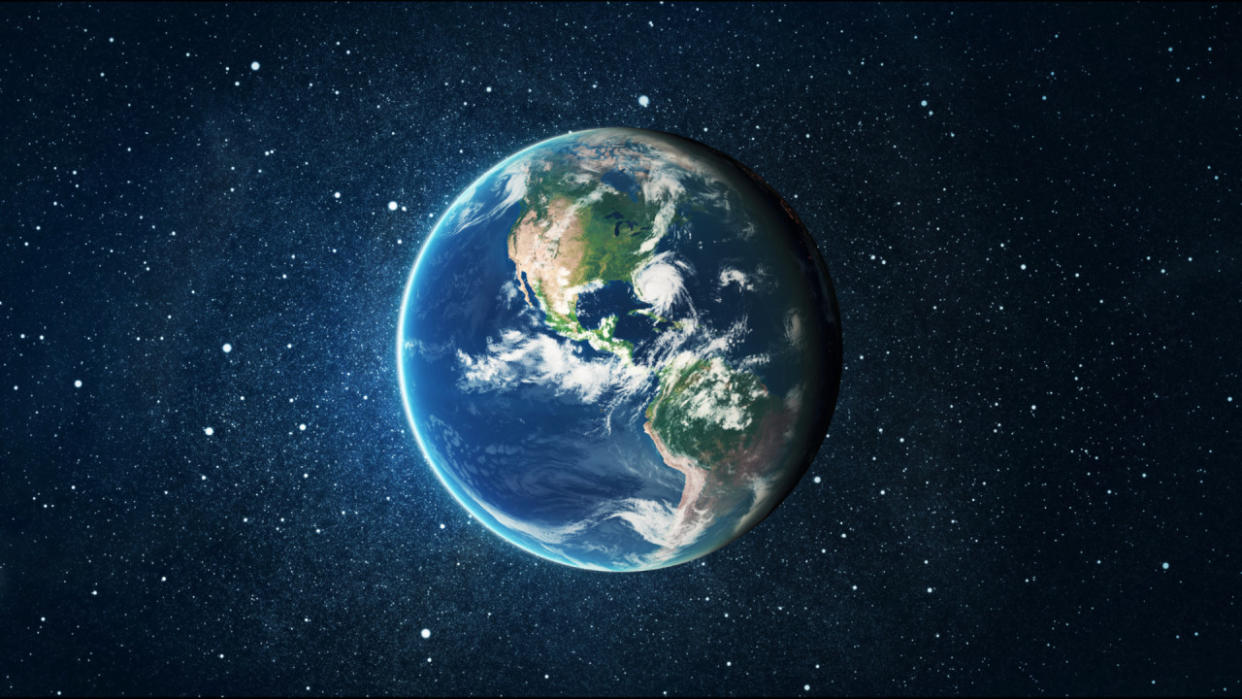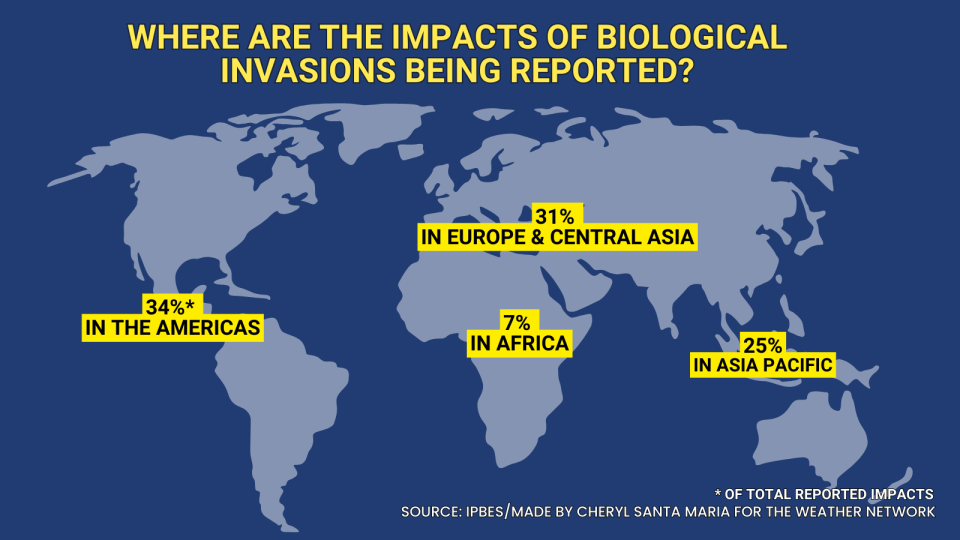Invasive alien species present in "every country", according to new report

Invasive alien species are spreading across the globe at an unprecedented rate and causing widespread ecological damage, according to a new in-depth report by the Intergovernmental Platform on Biodiversity and Ecosystem Services (IPBES).
"Biological invasions"
The findings are drawn from extensive sources, combining the knowledge of 86 experts from 49 countries over a four-and-a-half-year period.
More than 13,000 references, including insights from Indigenous Peoples and local communities, help to form the assessment.
To date, more than 37,000 alien species have been introduced to regions across the globe by human activities, although that figure continues to grow, with 200 new alien species recorded each year.
Among these species, over 3,500 are identified as harmful invasive alien species, posing a significant threat to local ecosystems and, in turn, diminishing the quality of life for the people and animals inhabiting those spaces.
Negative impacts of these "biological invasions" include native animal and plant extinctions, habitat transformations, and disruptions to food supplies. Invasive species also contribute to the spread of diseases like malaria, Zika, and West Nile Fever.
The estimated global economic toll of invasive alien species exceeded $423 billion in 2019, with costs quadrupling each decade since the 1970s.
Biodiversity loss
The authors say invasive alien species are one of the top five drivers of biodiversity loss, behind changes in land- and sea use, direct exploitation of species, climate change, and pollution.
On islands, they are responsible for up to 90 per cent of global extinctions.

Giant snails in Florida one example
The dire impact of invasive species is something residents of Florida's Broward County know all too well.
Earlier this summer, the area was quarantined after a giant African snail was spotted in the area.
The snail, native to East Africa, is considered one of the most damaging in the world because it consumes 500 different types of plants and tree bark. It will also eat stucco and paint on houses.
The giant African snail is considered one of the "most damaging in the world" (file photo/Canva Pro)
The snails came to Florida in the 1960s, creating an infestation that cost $1 million and took a decade to eradicate, Reuters reports. A 2010 infestation took another decade to get under control and cost $23 million.
It's just one example of the damaging impacts invasive species can have on an ecosystem.
However, researchers point out that no community is immune - invasive species are in every country.
VIDEO: Giant snails take over parts of Florida
They're everywhere
“It would be an extremely costly mistake to regard biological invasions only as someone else’s problem,” Prof. Anibal Pauchard, co-chair of the Assessment, said in a statement.
“Although the specific species that inflict damages vary from place to place, these are risks and challenges with global roots but very local impacts, facing people in every country, from all backgrounds and in every community – even Antarctica is being affected.”

About 34 per cent of the impacts of biological invasions are reported in the Americas, 31 per cent in Europe and Central Asia, 25 per cent in Asia and the Pacific, and about 7 per cent in Africa.
Land-based ecosystems fare the worst, with about 75 per cent of negative impacts occurring in forests, woodlands, and cultivated areas.
WATCH: New invasive fish species found in Quebec
Prevention and control
Effective management, integrated approaches, and prevention measures, such as border biosecurity and strict import controls, have shown promise.
Eradication, containment, and control strategies have also been effective.
“The good news is that, for almost every context and situation, there are management tools," Pauchard said.
“Prevention is absolutely the best, most cost-effective option – but eradication, containment and control are also effective in specific contexts. Ecosystem restoration can also improve the results of management actions and increase the resistance of ecosystems to future invasive alien species. Indeed, managing invasive alien species can help to mitigate the negative effects of other drivers of change.”
The report aligns with the commitment made by governments worldwide in the Kunming-Montreal Global Biodiversity Framework to reduce the introduction and establishment of priority invasive alien species by at least 50 per cent by 2030.
WATCH: Canada's invasive wild boar problem
Header image: File photo via Canva Pro.

